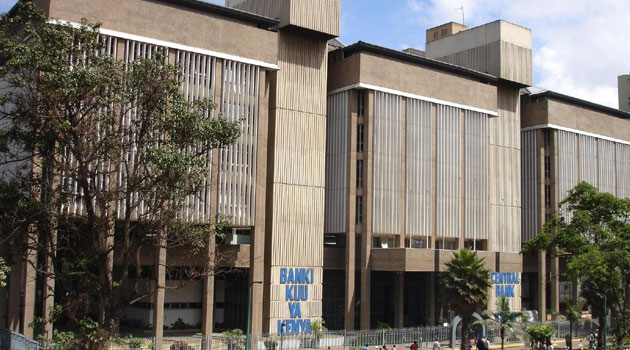
According to the report, the recently implemented interest rate capping law is expected to squeeze medium and small banks’ margins more than those of large banks/FILE
NAIROBI, Kenya, Sep 27- Large banks will be the greatest beneficiaries of the new law capping bank interest rates, according to new research released by Britam Asset Managers.
According to the report, the recently implemented interest rate capping law is expected to squeeze medium and small banks’ margins more than those of large banks, ultimately leading to lower net interest income for the medium and small banks.
As a result, large banks will continue to capitalize on their strengths to drive growth in non-interest income, ramping up cross selling of products to existing clients in order to derive maximum value.
“Medium and small banks suffer higher Non Performing Loans due to their higher exposure to riskier Micro, Small and Medium Enterprises loans. Asset quality will be a key focus going forward as banks try to keep cost of risk low to cushion their bottom line,” Britam Asset Managers CEO Kenneth Kaniu said.
Most big banks, the report say, have wider distribution networks which encourage their customers to carry out more transactions, for example ATM withdrawals, thus earning more fee income.
They are also more active in driving other income growth from investment banking, stockbroking, bancassurance as well as active trading of government securities.
As at 2015, there were seven large banks with a market share of 58.2 percent, 12 medium banks with a market share of 32.4 percent and 21 small banks with a market share of 9.2 percent.
Despite controlling 58 percent of banking assets, the 7 largest banks command 70 percent of the sectors profits, indicating that they are able to better their assets and grow shareholder value.
“Banks are also expected to increase focus on growing non-interest income to compensate for the decrease in interest income. We expect banks to step up efforts to improve efficiency by making alternative channels, which are more cost efficient, more attractive to customers,” Kaniu noted.
He said large banks are also likely to increase their investment in government securities in the short term due to the attractive risk-free yields as well as seek to grow market share by attracting customers from medium and small banks by offering cheaper loans.
“The long-term outlook of credit growth remains uncertain as banks will have to reassess their risk affinity within the new rate envelopes for new loan origination,” he added.
The company highlighted key risks that could materialize from the new rate capping including credit rationing and high inflation.
“In the event of consolidation SMEs could be locked out of accessing credit. Banks will also experience increased uncertainty in loan pricing since the new framework requires immediate repricing of all loans once the base rate is adjusted,” Kaniu explained.
However, the research pointed out some opportunities that have been brought about by the new law.
These includes improved earnings from companies due to lower finance costs, development of a savings culture as a result of the high deposit rates as well as growth in mortgage products due to alignment of the lower lending rates with high demand for affordable housing.
“Smooth implementation of the new law will be essential in ensuring the objectives of the new law are met. The research highlighted some support mechanisms that could aid the transition including timely payment of government obligations as well as enhanced collateral registry to allay credit quality and liquidity concerns,” he said.

































